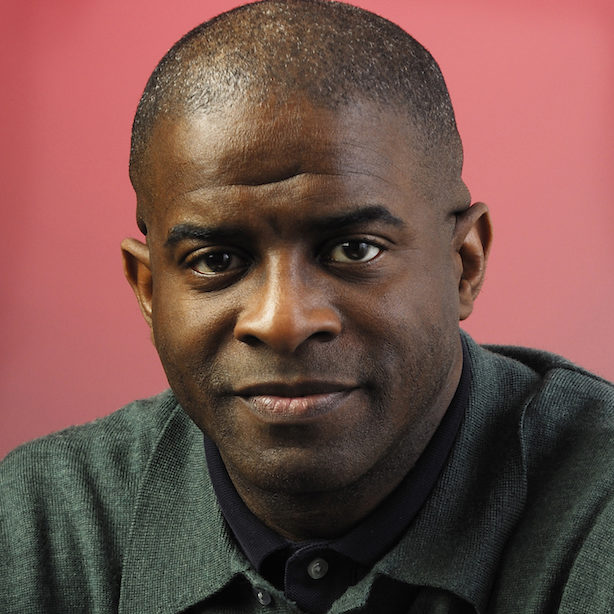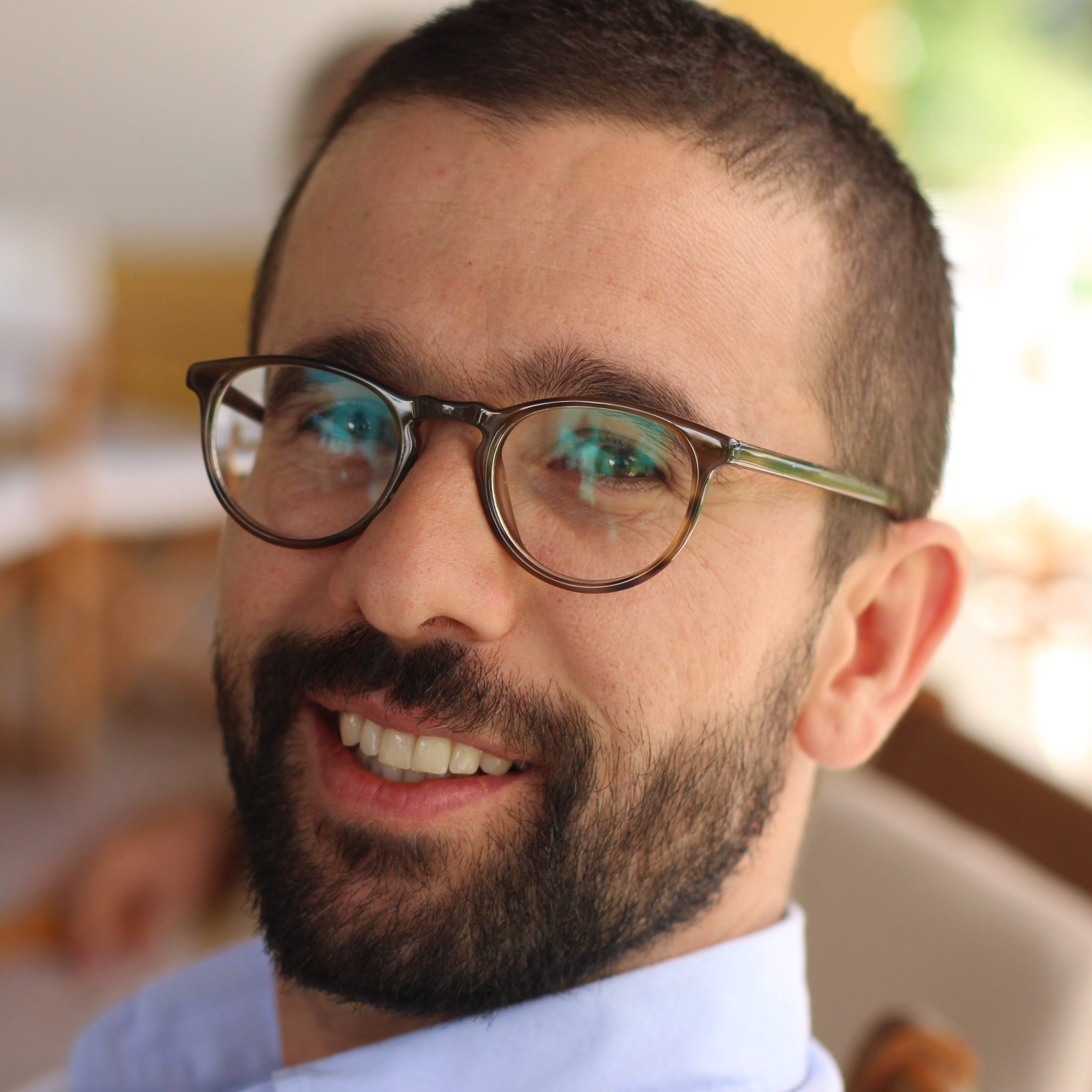Intrapreneurs are really, really good at figuring things out on the fly.
We have to be – there’s no playbook to help us navigate the complex challenges we face on a regular basis.
Sure, there are books and theories and frameworks that can help us get started, but very few actually address the real-world issues that arise when you’re innovating from within a large, traditional organization. The best advice comes from the experience of others like us – intrapreneurs who have been there, done that, and survived to tell the tale.
We listened to the stories that six intrapreneurs shared during #Innov8rs Singapore and Toronto, and distilled three key lessons from each of them for you below.
 Don’t Do It In “Magic Time” – Michael Balint (Former Commonwealth Bank of Australia)
Don’t Do It In “Magic Time” – Michael Balint (Former Commonwealth Bank of Australia)
# I built all the costs into my pitch, but I didn’t factor in my time. I figured I’d do it in my “magic time”, or on the weekends. That was the first mistake I made. I should have either included my time in the pitch or found someone to backfill my role.
## In a company of 55 thousand employees, I lost track of who my stakeholders were. I would now recommend assembling a stakeholder matrix and literally putting a red, amber or green on them and why your relationship is good or bad. And then work out a strategy to improve it.
### There is a difference between commitment vs attachment. I was 150% committed to my project but I was also very attached, which is why I put so much time into it.
Think about commitment vs attachment, and about how far you’re really willing to go. Next time, I’ll do more committing and less attaching.
 Don’t Do Intrapreneurship At The Office – David Nosibor (Mazars)
Don’t Do Intrapreneurship At The Office – David Nosibor (Mazars)
# When it comes to getting funding, you need to understand who you’re dealing with. The customer empathy map you’re using for your customers? Use it internally for the people you’re trying to convince. What it is that keeps them awake at night? What are their aspirations in terms of ego? If somebody wants to work on an initiative that could give them a bit more prominence and visibility, you can use that to your advantage. There’s no harm in using other people’s motives to drive our own projects.
## I disagree when people say you need to make intrapreneurship happen at the office. In my case I was dealing with accountants, and they’re really busy. We’d be in the meeting room and, almost always, their partner or manager would come grab them: let’s go, what you’re doing doesn’t matter, go work for that client.
To get the time and focus we needed, I had to take them to a co-working space I’d partnered with.
### Obviously your concept needs to generate money and traction, otherwise there’s no point launching it. But we tend to forget that it’s not enough – the company needs to inject money into the venture, otherwise it won’t grow as fast as you’d like. We defined and set up funding stages and objectives with the sponsoring partner to help us grow. If we hadn’t, the venture would have failed.
 Leaders Should NOT Be Just “Sharks” – Kerin Smollen (former LEGO)
Leaders Should NOT Be Just “Sharks” – Kerin Smollen (former LEGO)
# The best prototypes demonstrate the idea, but are more about ensuring the research and problem solving you’ve done make sense. Presentations and pitches become less important.
## For an innovative team, having a mix of levels and skill sets is key. We found a mix of creative and tech, new and experienced, was helpful for getting dialogue going. And it doesn’t necessarily have to be people who all get along.
### Leadership’s role isn’t just like being one of the sharks on Shark Tank.
Get them involved in the process – that will give them greater empathy with the teams and not only make them more effective guides and coaches, but also help them more effectively sell the team’s ideas within the broader organization.
 Account for Career Capital – Craig DeLarge (Takeda)
Account for Career Capital – Craig DeLarge (Takeda)
# Respect people’s career capitals: the reputation, resources, and education we have all spent a lot of time and effort building. When you go in and talk to stakeholders about your idea, consider what career capital they are putting at risk in order to go along with you, and respect that.
Sometimes that means saying to a colleague ‘You know, you’re right, it’s not the right time to do this – I’ll check back with you next year.’
## Every organization includes introverts whose voices we almost never hear. We need to have techniques in our practice as intrapreneurs to draw out the quiet genius in our organizations. We’ve been experimenting with ‘quiet-storming’ using a virtual whiteboard called Mural. Rather than expressing ideas verbally, people put up post-it notes before a discussion, which gives the introverts an opportunity to get their ideas heard. It creates a very interesting kind of dynamic in terms of deep listening and balanced input.
### I’ve seen too many of us drop out, burn out, wash out, before we can get what we’re working on to a level that benefits the organization and our customers. Take care of your potential for being productive more than you take care of your productivity. Many of us are horrible at self-care, but understand we can’t take care of our customers, our business, our families if we don’t take care of ourselves.
 Build Empathy for A Safe and Secure Environment – Rachel Sumner (Pearson)
Build Empathy for A Safe and Secure Environment – Rachel Sumner (Pearson)
# If you are willing to be vulnerable, that gives other people permission to do the same. As you construct your design thinking groups, consider which stakeholders might be willing to make themselves more vulnerable. Who has the least to lose from doing that?
## People will only truly listen, and truly share, if they feel safe and secure. Subject matter experts are often fearful about what they might hear, and feel like they are under attack. More junior people are more fearful about repercussions of expressing their opinions.
Be aware that in any group, there are people who are in survival mode.
### We should be practicing building empathy all the time within our teams and organizations, and equally at the organizational level. How many of us work for organizations who are unwilling to admit when they mess up? Imagine what it feels like to be in a division or a team or as an individual within that organization. In many sectors, consumers are attaching more value to organizations who say “sorry everybody, we got it wrong, we’re going to try again.” That’s hopeful for us, because if we can get our organizations to start taking that approach more often, then they will build empathy. Our teams will build empathy.
 Make Friends With Legal – Tiago Sanchez (Allianz)
Make Friends With Legal – Tiago Sanchez (Allianz)
# You have to know your procurement processes inside out, and understand exactly how you can tap into the money you need to deliver. How can you engage partners to co-create with? Some, you can’t. You need to have that in the back of your mind all the time.
## The legal department? Make good friends with them. They can be your best pals – or your worst enemies. You need to engage them earlier on than you might think, especially if you’re trying to change the way you do business.
### If you can get out of reporting, do it. Really communicate that you are not going to report progress, you’re going to focus on building and delivering a product.
If you can’t get out of reporting, make it as limited as possible, because it can slow down your process.
More Real and Raw Stories From The Trenches?
At all our events, one of the highest rated segments are the innovator’s case study talks. Coming from a wide range of industries, trying all kinds of different approaches, and having a diverse set of experiences and perspectives, you’ll learn a ton from these stories from peers.
In Atlanta, you’ll hear from innovators from companies like Porsche North America, EY, FedEx, AT&T and Humana. In Madrid, you’ll discuss with innovators from companies like Lufthansa, Fidelity, Nestle, Telefonica, Zalando, La Poste, Konica Minolta, Bayer, Barilla and Deutsche Bahn. In Los Angeles, come chat with innovators from companies like WL Gore, P&G, AP Mortgage and Xerox PARC.
Wherever you are on your journey, it always helps to understand how they are doing it. Join the conversation at one of our upcoming events!

